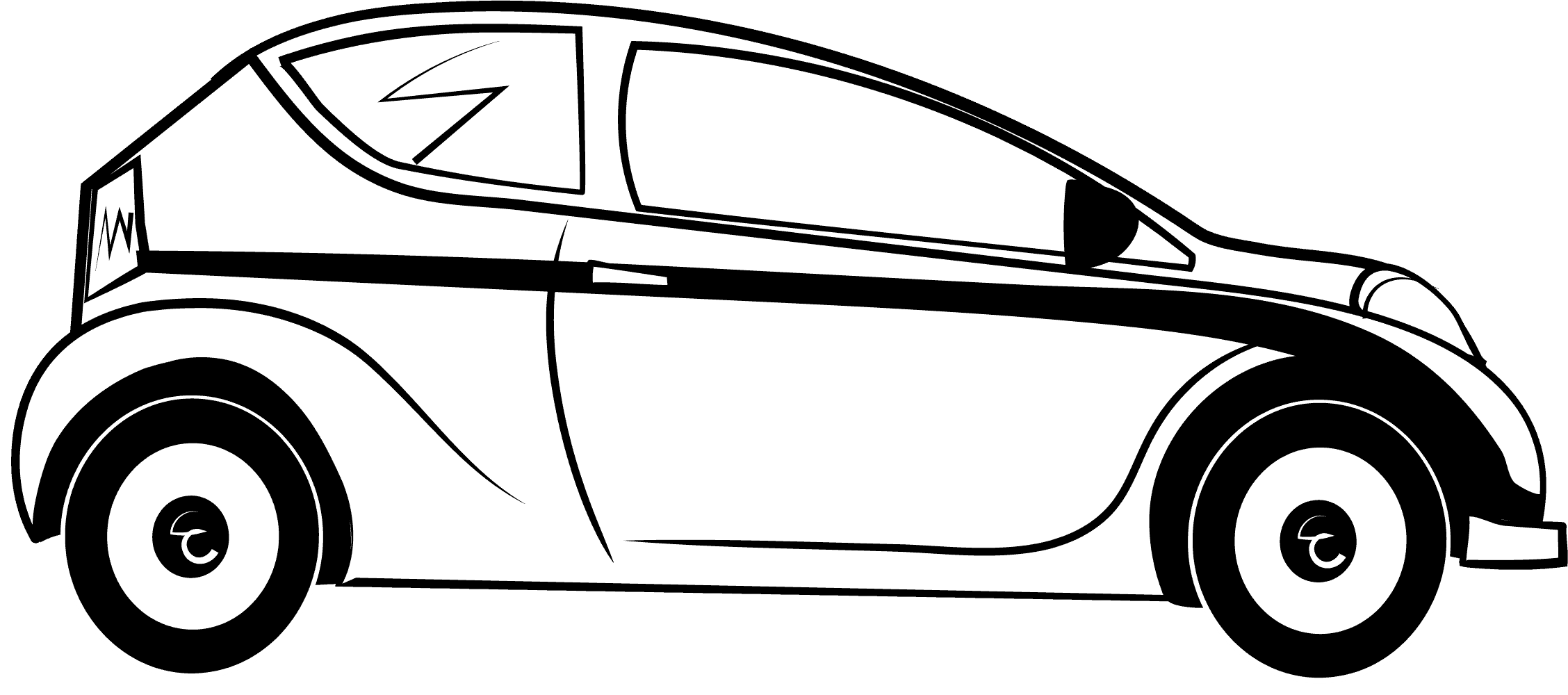What kind of car should I buy?

What type of car should I buy? Here’s what you should value and look for in a vehicle
What type of car should I buy?
You’re probably fantasising about the next car you’re going to buy. Yes, it’s undoubtedly going to be an upgrade on what you drive now. You don’t like green. You want a blue car.
Or you are maybe looking forward to out-growing your driving instructors’ little Renault Clio. It’s okay to drive, but you just don’t like it.
Your parents won’t let you drive their ‘big’ cars, but once you pass your test, you can do what you want. Yes, you’re definitely going to get an SUV. Or maybe a convertible.
Sorry to burst your bubble but that’s not going to happen. As a young driver, there are a fair few car body styles that you want to avoid until you get a few years driving experience under your belt. Certain cars are a lot more expensive to run than others and are harder to drive.
If you’re absolutely loaded, however, feel free to buy whatever you want – you’ve been warned.
If you’re a mere mortal like the rest of us and haven’t been born a millionaire, read on as we discuss what the best type of car is for a young driver. We’ll also tell you what to avoid!
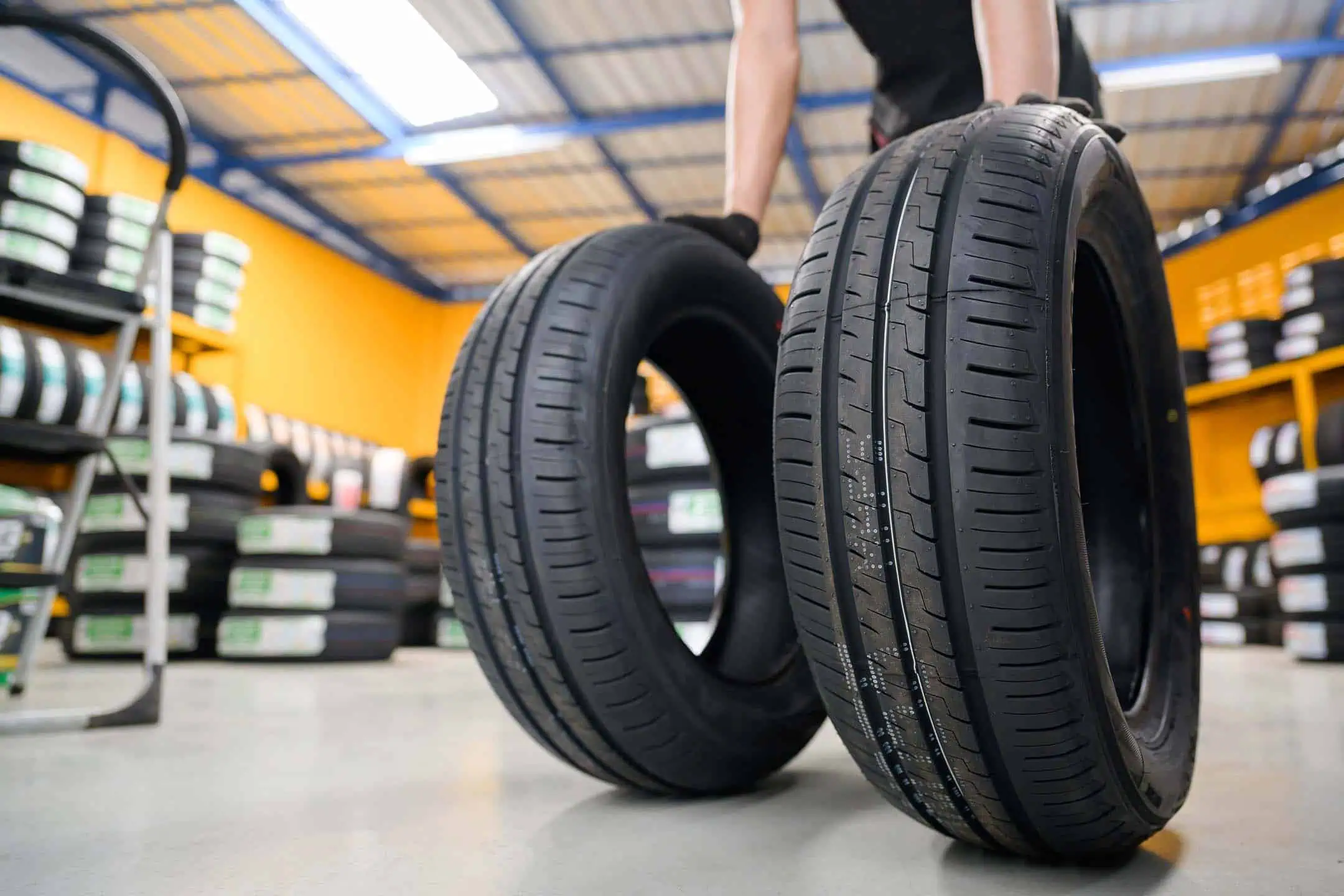
Top 5
The Five top-selling used cars sold in the UK in 2023:
- Ford Fiesta
- Vauxhall Corsa
- Volkswagen Golf
- Ford Focus
- Vauxhall Astra
Data from the Society of Motor Manufacturers (SMMT)
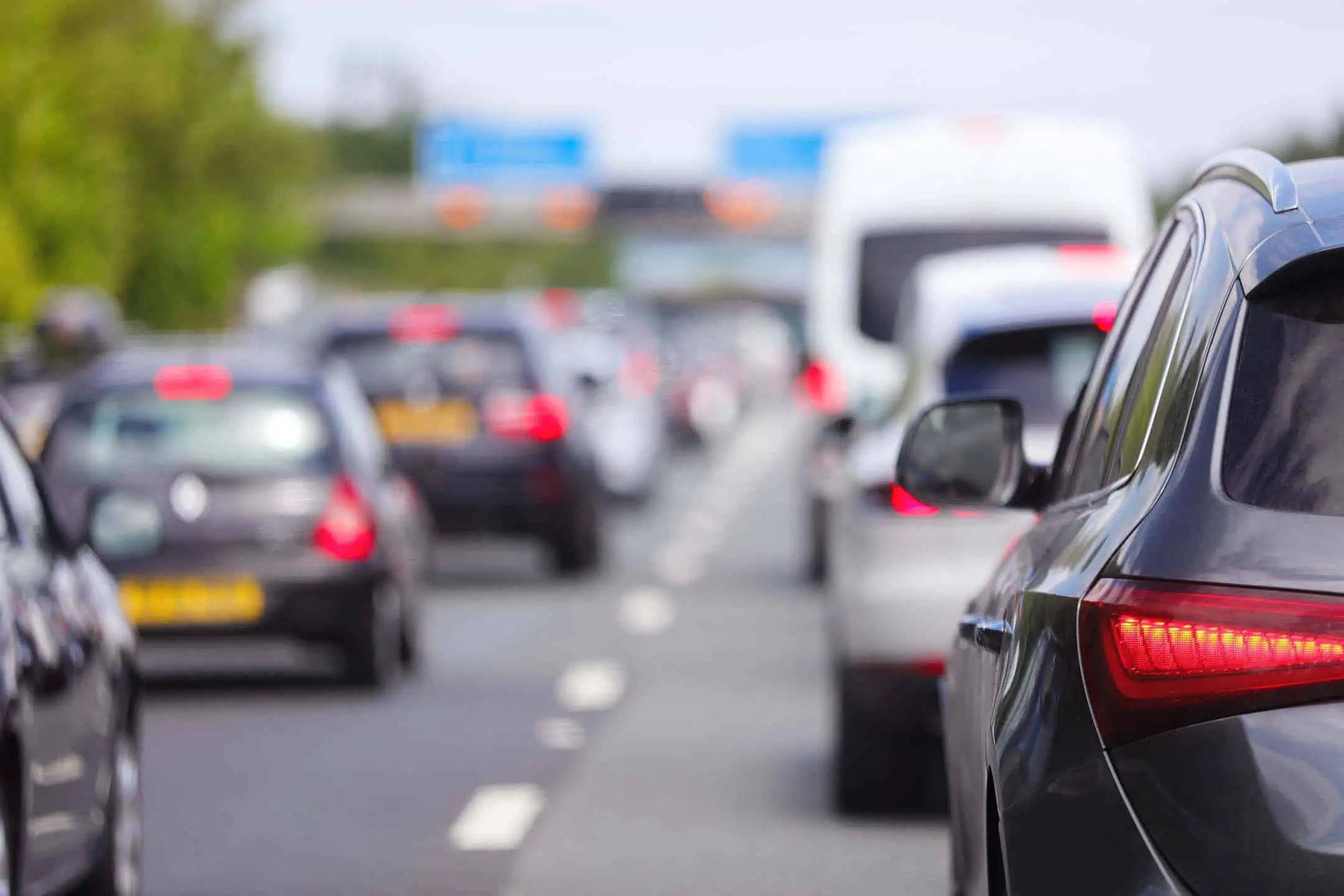
What should I look for in a car?
As a young car driver, you probably don’t have much money. You might be studying or in the early stages of your career. Don’t be impatient – you have plenty of time to drive the car of your dreams.
For now, here’s what you should value and look for in a vehicle:
Cheap to insure: Motoring in Britain is expensive. Insurance prices are sky-high when compared to other countries. One of the best ways to reduce insurance costs is to buy a car in a lower car insurance group and get as close to group 1 as possible. You can get young driver insurance quotes without affecting your credit score.
Cheap to fuel: Petrol in the UK is costly and will likely take up a fair bit of your budget. To drive as cheaply as possible, opt for a car with a high MPG. To find out the fuel efficiency of your vehicle, check out the real MPG of the car on a site like Honest John. Don’t trust manufacturers’ official MPGs, as these are set in labs with perfect conditions—so they’re not what you can expect in real life.
Affordable to buy/finance: Don’t make the mistake of spending a fortune on a car. If you have savings, consider purchasing a used car outright. To avoid blowing your savings, search for a finance deal on a vehicle that won’t cost you hundreds of pounds monthly. For advice on what you can afford, check out our “How Much Can I Afford for my car?“
So, what’s the best car for a young driver?
Simply put, smaller cars are cheaper, so you want a small car as a young driver. They tend to cost less upfront, have a higher MPG, and are in lower insurance groups. Your small car options are:
Superminis: Undoubtedly the most popular cars for young drivers, Superminis offer a great balance between practicality, fun, and good looks. Think about the Ford Fiesta, Volkswagen Polo, or Vauxhall Corsa—all of these are superminis. Cheap insurance, high MPGs, affordable up-front—you really can’t go wrong with a Supermini.
City Cars: This includes cars like the Hyundai i10, Toyota Aygo, and the Skoda Citigo. These cars are pretty small inside but are probably the most accessible cars to drive. Perfect for narrow city streets, city cars are cheaper to insure and offer the best MPGs around.
Both of these car types offer a decent amount of practicality for most young people and are affordable enough to run. They’re also easy and safe to drive, so they are great for drivers who have just passed their test and are looking for some experience out on the roads.
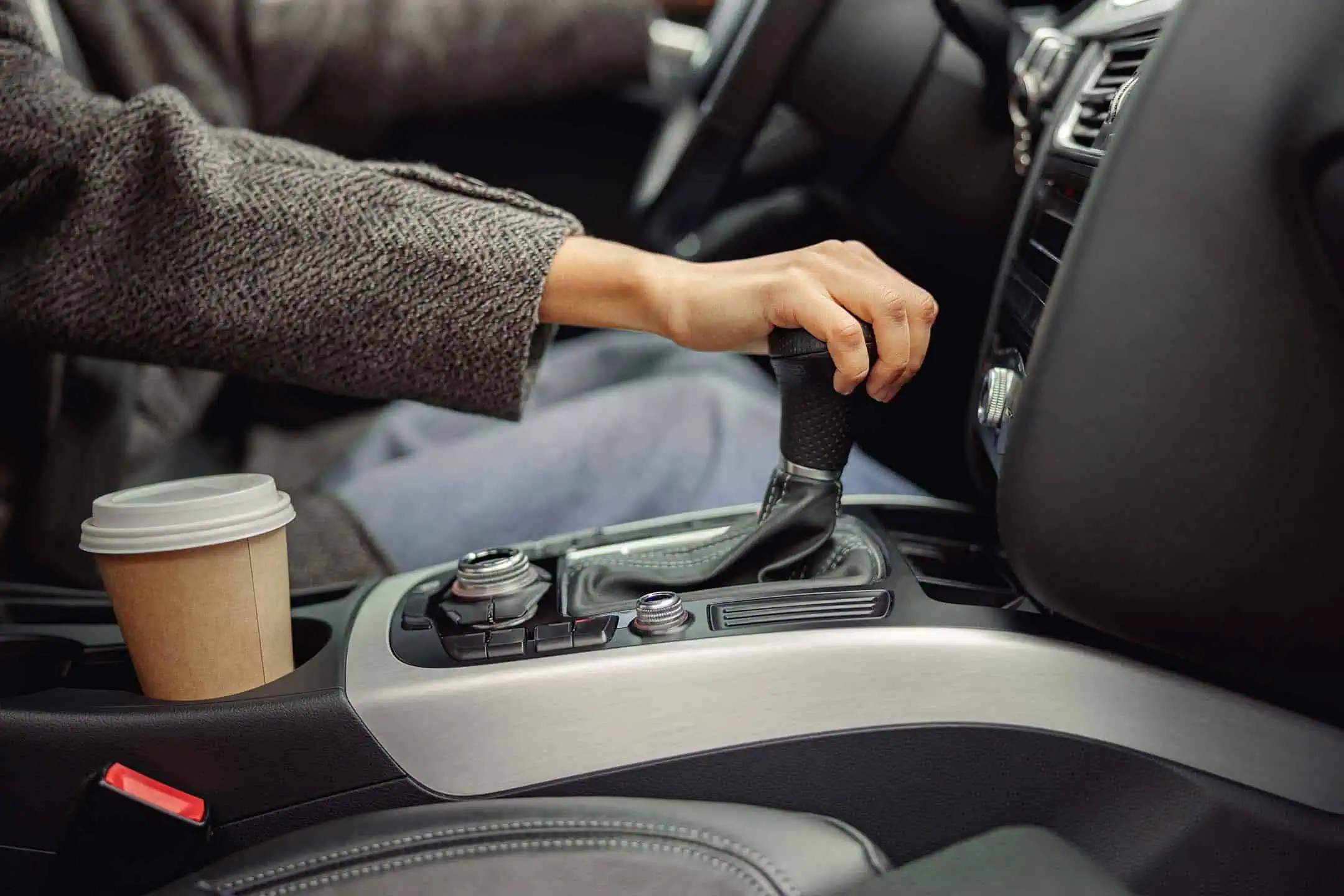
Warning!
Don’t spend more than 20% of your income on car/transport costs, or you could find yourself in financial trouble.

I don’t want a supermini – why can’t I drive what I want?
In an ideal world, you’d be able to pick whatever car you like the look of and get in and drive. Unfortunately, motoring as a young person or a new driver is expensive at the best of times, and severe at worst.
There are a few reasons for this:
Expensive upfront: Car types like SUVs and Crossovers are a lot more costly to buy than your average supermini/small hatchback. As such, to get your hands on one of these cars can be quite tricky. You could end up paying hundreds of pounds a month just for the privilege of having the car in your driveway.
Expensive to fuel: In general, the smaller the car, the cheaper the running costs. Superminis, city cars, and small hatchbacks typically have the best MPGs around. If you exclusively drive on motorways, there’s a case for a larger diesel being more economical – but not by a significant amount. With higher emissions, you’ll also face more expensive road tax than if you opted for a smaller-engined car.
VERY expensive to insure: Car insurance works on a group system, with group 1 offering the cheapest insurance and group 50 the most expensive. A small car, like a Volkswagen Polo, can be found in group 1 (on specific engines). Opt for a fancier BMW 3 Series Saloon, and the lowest group possible is group 20, and tops out at 40. If you get a car in a high insurance group as a young driver, you could end up paying a lot more than the value of the car.
I can afford a big car- what’s stopping me?
If you’re lucky enough to afford whatever car you want, you still need to be able to drive your vehicle.
Insurance companies aren’t required to offer you insurance. Many providers will not allow specific demographics to drive certain cars.
For instance, if you’re 17 and try to get insured on a 5.0-litre Ford Mustang, you’ll struggle to find an insurance provider that will cover you.
So what car styles should I avoid?
In general, there are a few body-styles that you should probably avoid as a young driver:
Crossover/SUVs: These cars, while great looking, are harder to drive than a smaller car. They’re also expensive to insure and have a rubbish fuel economy.
Saloons/Sedans: Expensive upfront, a fortune to insure – and you’ll look about 20 years older than you are.
Coupes/Convertibles: These body-styles are typically reserved for luxurious manufacturers, and are very expensive to buy or finance. High powered engines mean that your insurance costs will be through the roof – if you can get insured at all.
Estates: Insurance, fuel costs, and up-front costs are more than a small hatchback, and a good idea to avoid unless you absolutely need the space.
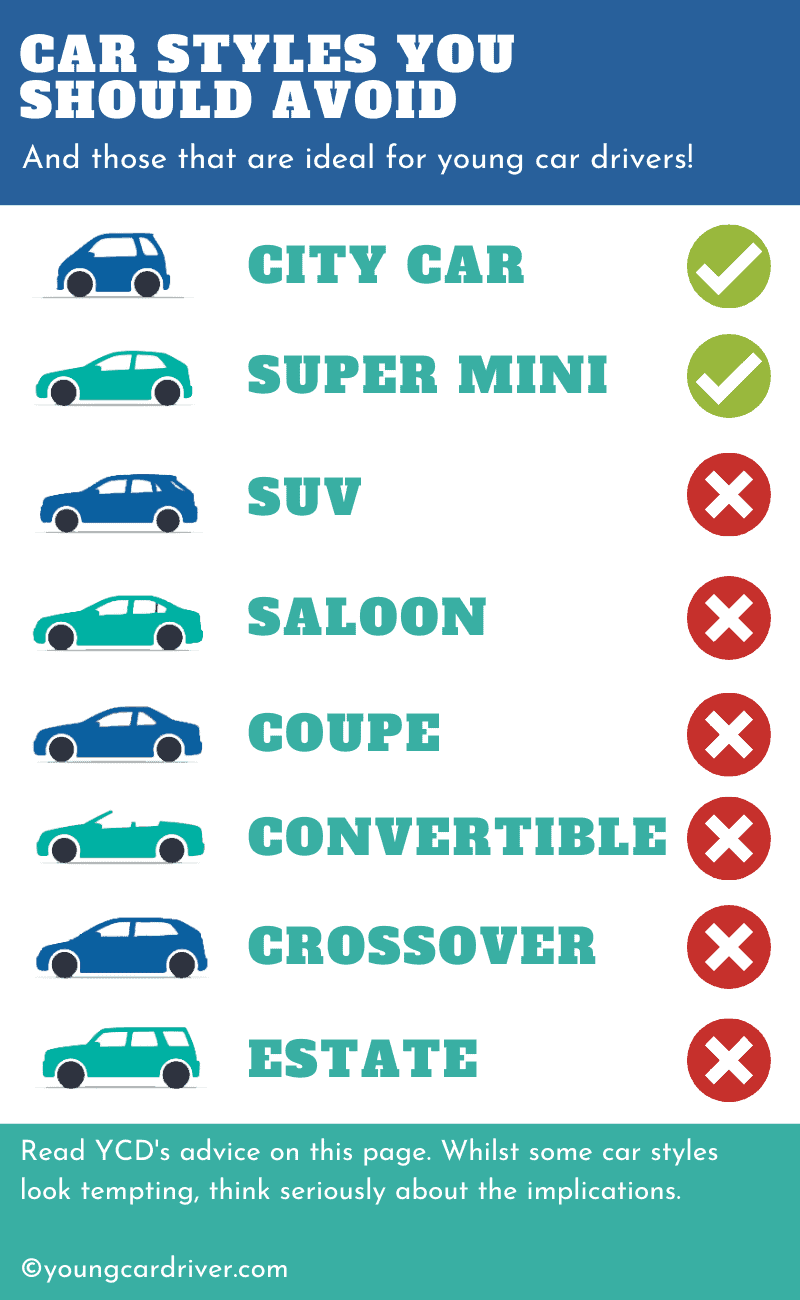
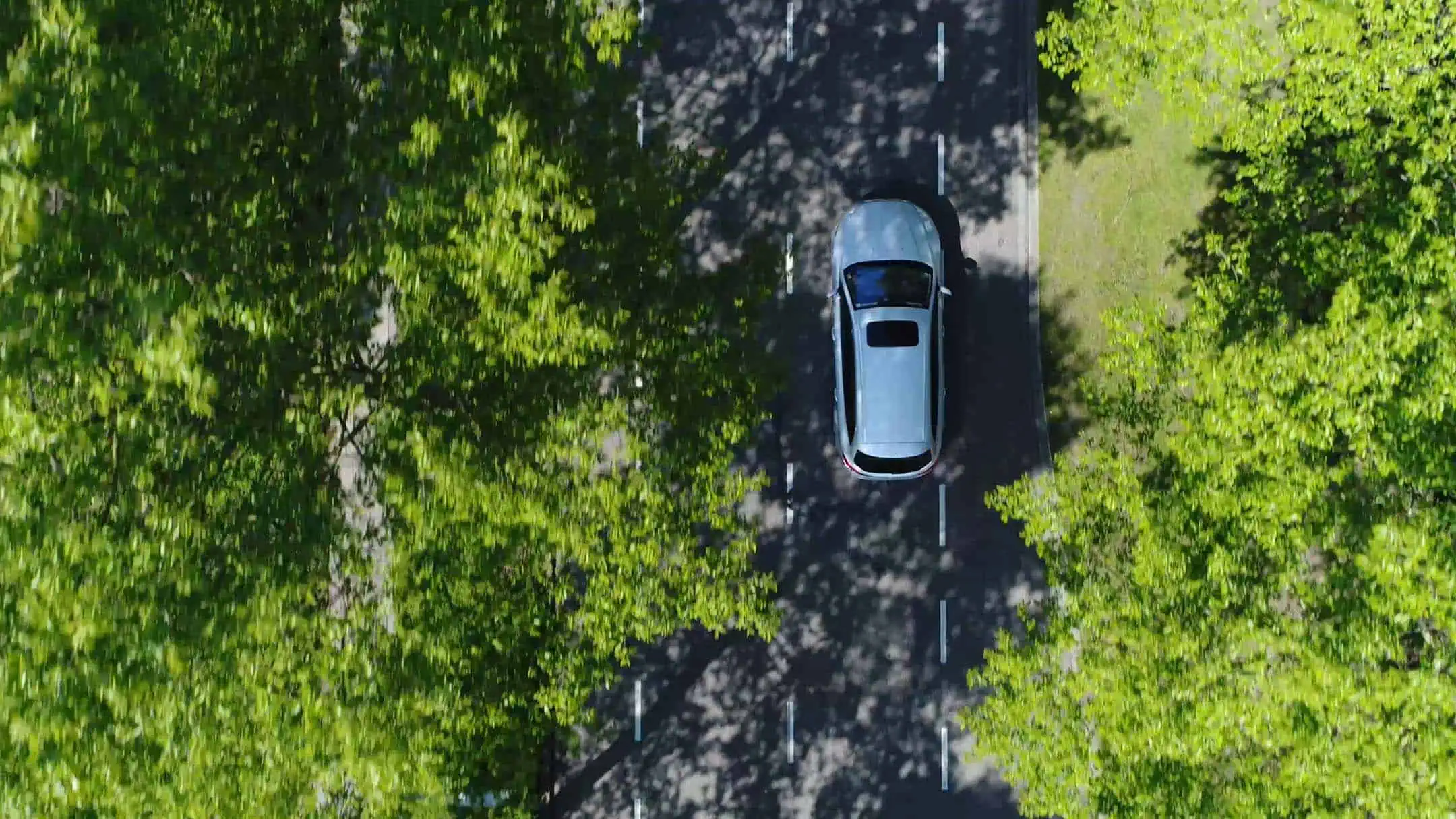
But I have children – what should I buy?
If you have kids or some on the way, you might need a bigger car. However, if you have just 1 or 2 kids, you’ll probably still be okay with a Supermini. Cars like the Fiesta and Skoda Fabia offer plenty of practicality. They have large boots and big rear-seats. Fitting an Isofix child seat in a small hatchback car is a breeze.
However, you should probably avoid a city car, as it’s just a bit too small. Many of them also have three doors, which can make fitting a child seat a nightmare.
If you have more than a couple of kids or need space for the dog too, consider a small estate like a Skoda Octavia. It will be more expensive than a supermini, so only go for it if you must have space and can afford it.
